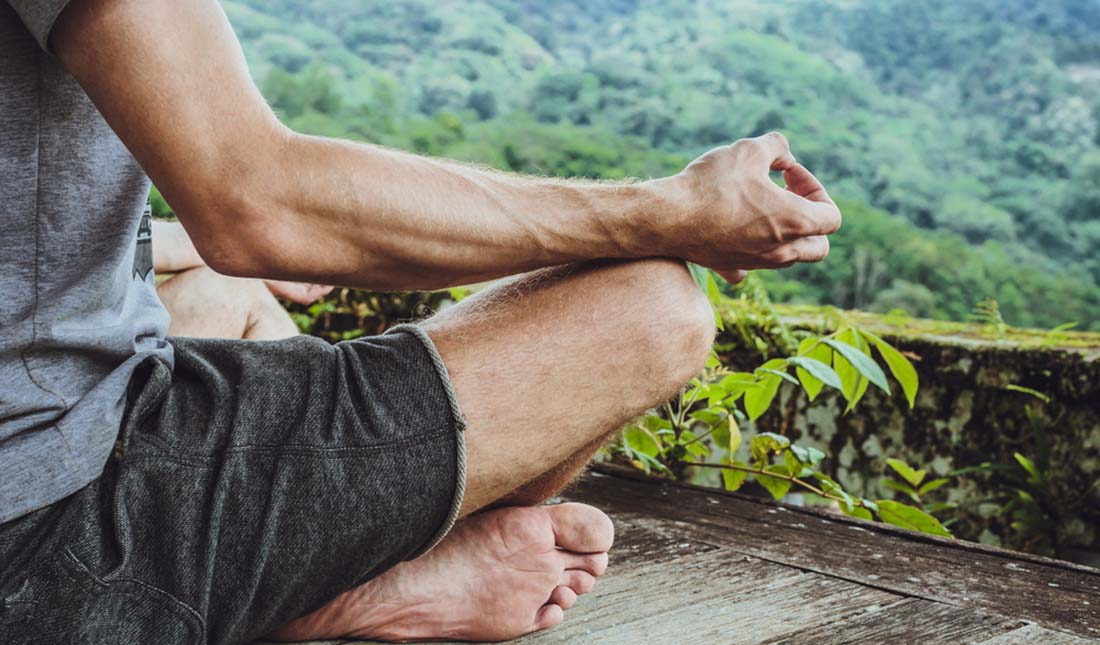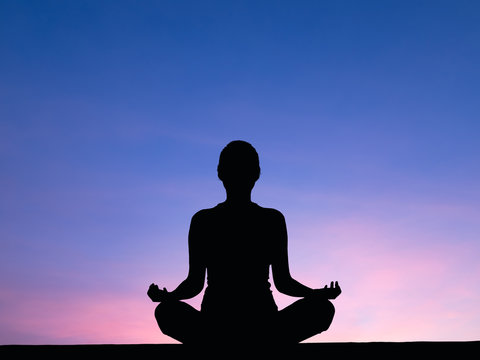Change Your Mindset with Easy Steps on How to Meditate?
Change Your Mindset with Easy Steps on How to Meditate?
Blog Article
Find Calmness: Expert Tips on How to Practice Meditation for Stress Relief and Clarity
In today's hectic world, the pursuit of calmness has become significantly essential for maintaining psychological quality and emotional well-being. Reflection supplies an organized method to achieving this tranquility, yet many deal with the preliminary steps of developing a reliable method. Understanding the foundational components of meditation, including the optimum atmosphere and techniques, is crucial for overcoming common obstacles. As we explore these expert suggestions, consider just how taking on these techniques might transform your everyday life and result in a much deeper feeling of peace. The trip to tranquility is usually a lot more profound than expected, exposing insights that necessitate more exploration.
Recognizing Meditation Fundamentals
Reflection is a technique that can substantially boost our ability to handle stress and anxiety and cultivate a sense of calm. At its core, meditation includes concentrating the mind and removing distractions to accomplish a state of enhanced recognition and inner peace. This ancient method has origins in numerous spiritual traditions, but its benefits prolong past the spiritual world; it has actually been welcomed by individuals seeking mental clarity and emotional balance.
Understanding the basics of reflection is essential for effective technique. Focus reflection, on the other hand, focuses on a solitary factor of interest, such as the breath or a concept, to cultivate deeper emphasis and minimize mental chatter.

Establishing Up Your Meditation Space
Developing a dedicated meditation space can substantially improve the top quality of your technique. This room must be a haven that advertises calmness and focus, devoid of disturbances. Beginning by selecting a silent area in your home, ideally with natural light and very little foot web traffic.
Next, take into consideration the elements you will include. A comfy cushion or mat is crucial for seating, allowing you to maintain good posture. Surround on your own with things that advertise tranquility, such as plants, candle lights, or relaxing art work. Using soft, natural colors can also contribute to a tranquil atmosphere.
Audio plays a critical duty in reflection; consequently, think about integrating gentle history songs or the audio of nature. Ensure your area is soundproofed to lessen disturbances if you favor silence. Furthermore, preserving a clean and well organized setting can help reduce psychological clutter, allowing for much deeper focus.
Finally, customize your space with purposeful items, such as crystals or spiritual symbols, to improve your feeling of link during meditation. By thoughtfully establishing your meditation room, you produce a welcoming environment for leisure and mindfulness.
Techniques for Reliable Meditation
To grow a successful reflection practice, it's important to explore different strategies that resonate with you. One reliable method is mindfulness reflection, where you focus on your breath and observe ideas as they arise without judgment. This technique fosters recognition and helps ground you in the existing moment.
One more preferred technique is loving-kindness reflection, which entails cultivating feelings of concern towards yourself and others. This technique can enhance emotional wellness by advertising kindness and minimizing adverse emotions.
For those seeking much deeper leisure, guided meditation can be beneficial (How to meditate?). Using applications or recordings, you can follow a narrator who leads you with visualizations or breathing workouts customized for stress relief
Movement-based meditation, such as yoga exercise or tai chi, incorporates exercise with mindfulness, visit this site right here enabling an integrated technique to reflection that can be specifically helpful for those who discover tranquility tough.
Ultimately, consider incorporating mantras or affirmations into your practice. Repeating a word or phrase can help focus your mind and produce a sense of calmness.
Try out these methods to establish which straightens ideal with your individual demands, inevitably boosting your meditation experience and promoting clearness.
Conquering Common Challenges
Many individuals come across barriers when developing a meditation method, which can impede their capacity to experience its full advantages. Typical challenges consist of a roaming mind, physical pain, and the assumption of inadequate time.
To attend to a wandering mind, specialists can use techniques such as focusing on the breath or making use of a rule. This redirection not just anchors focus however likewise cultivates mindfulness, progressively educating the mind to stay present.
Physical discomfort typically occurs from long term sitting. To mitigate this, one might experiment with various positions, such as remaining on a chair or utilizing paddings, making sure a comfy yet alert placement. Routine activity breaks can also aid reduce stress.
The belief that there is inadequate time for meditation can be disadvantageous. To counter this, individuals can begin with short sessions, slowly raising duration as convenience and uniformity establish. Incorporating mindfulness practices during day-to-day activities, such as walking or consuming, can likewise boost overall interaction with reflection.

Incorporating Meditation Into Life
Integrating meditation into day-to-day live can transform routine moments visit the site right into possibilities for mindfulness and stress and anxiety alleviation. By incorporating reflection practices into daily tasks, people can cultivate a more centered and relaxed state of mind.
One effective method is to begin the day with a quick reflection session. Alloting simply five to ten mins in the morning can promote quality and intent for the day ahead. Furthermore, mindful breathing throughout ordinary tasks, such as commuting or cleaning meals, can provide minutes of harmony amidst an active routine.
Utilizing reminders can additionally enhance the assimilation of reflection into every day life. As an example, establishing alarms or making use of apps that motivate short reflection breaks can motivate regular method. Evening representations, where one reviews the day's experiences with a reflective lens, can additionally foster a much deeper sense of thankfulness and awareness.
In addition, creating a committed meditation area at home can serve as a physical suggestion of the commitment to mindfulness. This assigned location can be enriched with soothing components, such as plants or candles, boosting the overall introspective experience. Ultimately, these tiny, deliberate changes can significantly enhance emotional wellness and strength in the face of anxiety.
Conclusion
Dealing with typical challenges enhances dig this the practice, while the integration of reflection right into everyday routines cultivates long-term advantages. Eventually, consistent engagement with reflection not only minimizes tension but also grows clearness, enabling individuals to browse life's complexities with enhanced calmness and emphasis.
Reflection is a method that can considerably enhance our capacity to take care of anxiety and cultivate a sense of tranquility. By acquainting oneself with the essential principles of meditation, people can better integrate this transformative practice right into their day-to-day lives, eventually fostering resilience against tension and enhancing general well-being.
Developing a specialized reflection room can dramatically improve the quality of your method. Integrating mindfulness techniques during everyday tasks, such as consuming or strolling, can also improve overall interaction with reflection.
Dealing with usual obstacles improves the practice, while the combination of reflection into everyday regimens promotes enduring advantages.
Report this page